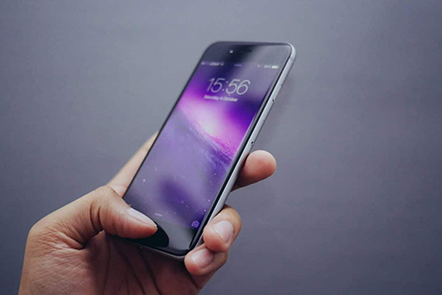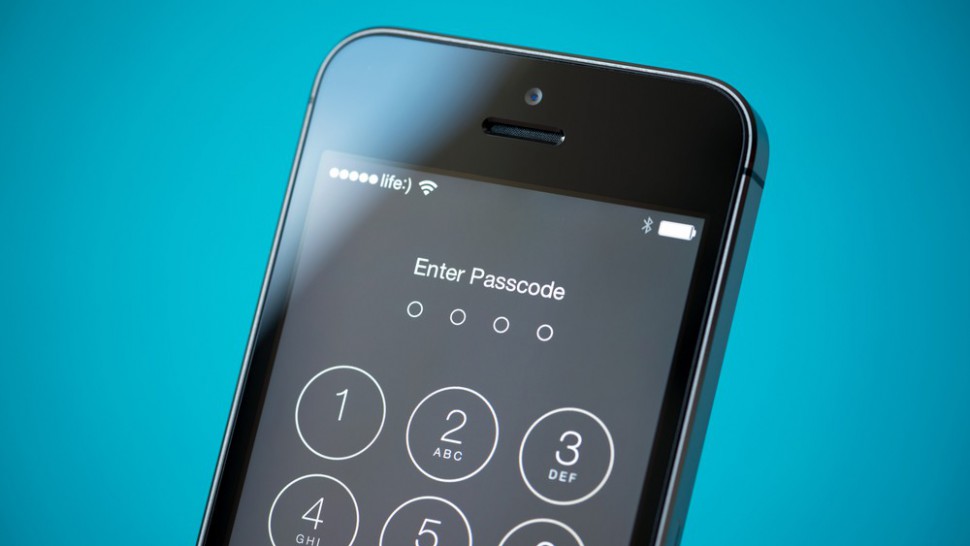for support
(888)123-4567
In a bid to give better security options that go beyond the password with strict mandatory requirements of an uppercase letter, a number, and strings of letters that we would inadvertently forget, companies have opted for other security measures to be in place. From sending One-Time Passwords (OTPs) to personal mobile devices and other linked email addresses, or Two-Factor Authentication (2FA) options through apps like Authy that generate time sensitive OTPs. Some 2FA services go as far as to link directly to personal devices, in the event that said device is lost, a master password is needed to port the account over.
Unfortunately, despite having multiple layers of backup, therein still lies the crutch in the reliance of the master password, which for security reasons in some security solutions, can’t be retrieved if lost.
A possible solution that companies have been exploring to hit on a practical middle ground between accessibility and a dependable layer of security lies in biometric technology.

The danger of passwords
Being permanently locked out of multiple accounts and services indefinitely can do irreparable harm, so for most, the safe bet will be to store the master password somewhere safe, and easily retrievable. Oftentimes, this brings us back to square one - storing it within an email account. Comparing this with biometric modalities, which measures each individual consistently, and stays with the person all through their lives.
Companies have urged their users to take their passwords seriously. However much companies see passwords as a matter of security, a large number of users still view them through the lens of convenience. A study in 2015 revealed a huge finding that up to 73% of adults in the U.S. and UK use the same password for multiple accounts. More than 50% of consumers use five or fewer passwords throughout their entire lifespan, with 47% of these passwords having lifespans that last 5 years, giving hackers and intruders plenty of latitude to take advantage of.
With these statistics, the effects of a security breach revealing one's password could lead to hackers having unmitigated access across the accounts of an individual.
Examining the storied history of biometrics and how governments around the world have relied upon it as a security measure for travel and immigration, better technological and computing capabilities have made the implementation of biometric security measures much more attractive and feasible.

The potential of biometrics
Reports show an expected increase in the biometrics market from $10.74 billion in 2015 more than tripling to $32.73 billion by 2022. The possibilities for biometric security to grow as studies show that by 2019, more than 50% of smartphones will have fingerprint sensors, allowing much easier adoption to a large consumer market.
The banking industry alone will be seeing global revenues from biometric banking technology exceeding $4 billion by 2021. With big players like Apple showing confidence in their biometric solutions through fingerprint verifications with Apple Pay, it won’t be long before biometric verifications become a standard in online security.
The future landscape of cyber security looks to be one fraught with challenges. With hackers becoming more sophisticated and savvy, along with almost all goods and services having a footprint in the digital space, the scale of cyber crime cannot be understated.
Ginni Rometty, the Chairman, President, and CEO of IBM said the following at a security summit in 2015:
“We believe that data is the phenomenon of our time. It is the world’s new natural resource. It is the new basis of competitive advantage, and it is transforming every profession and industry. If all of this is true – even inevitable – then cyber crime, by definition, is the greatest threat to every profession, every industry, every company in the world."
To be ready for the future, we could be seeing security measures that go beyond the 2-step verification process that we are used to for now, and where a series of processes mixing tried and true password protection, and biometrics becomes the bare minimum.---As biometrics security advances to become the norm in our security measures, the bar for better encryption and protection is raised. Find out how a keyless, document-less check-in solution like GTRIIP introduces a new level of convenience, while keeping your biometric data safe and secure.